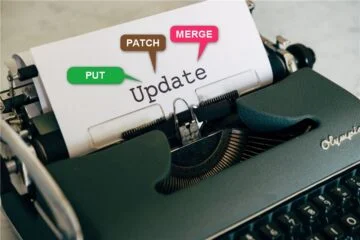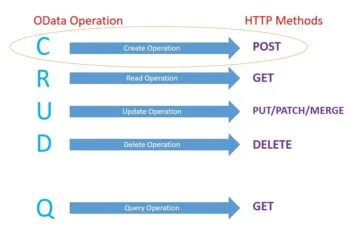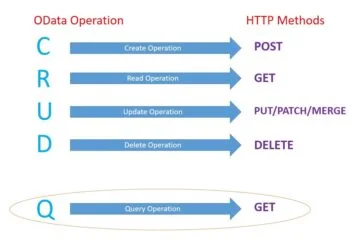OData
How to send messages as a response in OData – Part 10
Well, you can send custom messages as a response in OData, we will discuss the same in this blog along with the delete operation in OData. There are two ways to send the messages in the HTTP response Messages inside the response header Messages inside the Body of HTTP response Read more…









